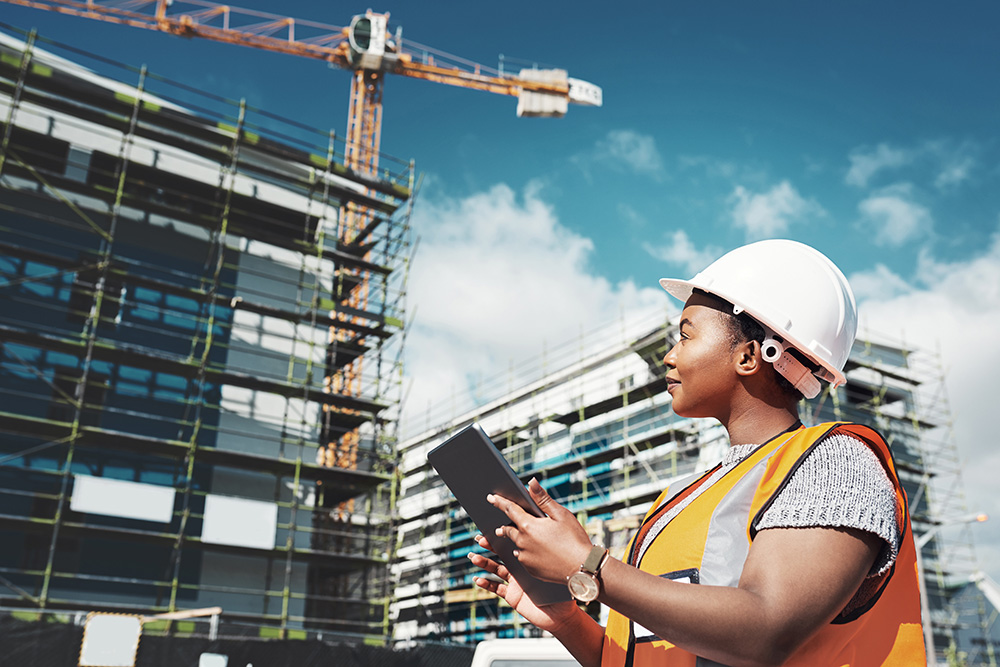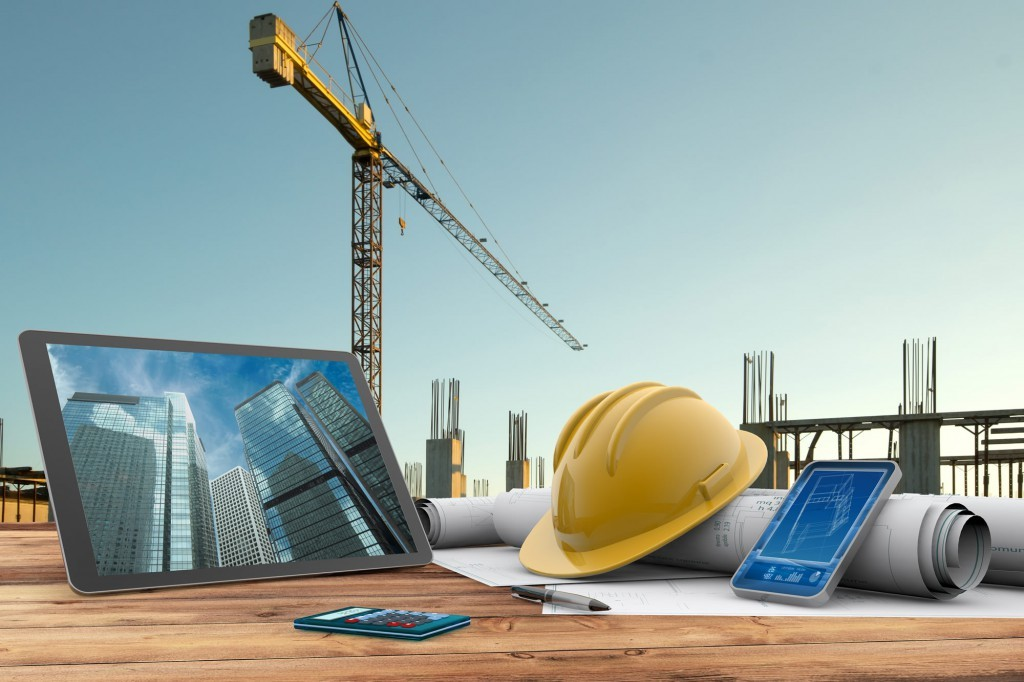The landscape of infrastructure in Australia is witnessing unprecedented development through technological advancement and creative solutions in engineering. Its construction needs are undergoing a rapid change, challenging the conventional methods of building and demanding more sophisticated approaches to meeting the ever-growing construction demands of the nation.
New building technologies are revolutionising how we design, build, and operate critical infrastructures that link our communities and drive economic development across the continent.
Emerging Infrastructure of a Digital Era
The Australian infrastructure and construction industry has also been revolutionised in the past decade from conventional, manual-based practices to digital, technology-oriented solutions. In the selection of an infrastructure company Australiacan rely on to implement key national projects, attention is now given to organisations that give strong emphasis to innovation, sustainability, and digitality.
The specialisation on which the spatial uniqueness of the country is characterised, like enormous distances, diverse topography, and inaccessible transport links, requires advanced engineering methods.
A few recent developments are the integration of computer-aided design, intelligent building technology, and green methods that make buildings more capable of fulfilling present as well as future demands. This development is a sure indication of intelligent, secure, and sustainable growth.
Changing Building Construction

Automated boring machines transform underground construction in Australia’s major cities. Such sophisticated equipment can bore through complex geologic formations with precision placement and surface disruption minimisation.
Computerised software for managing construction today enables real-time monitoring of projects, resource allocation, and scheduled maintenance scheduling. Sophisticated surveying equipment such as laser scanning and GPS enables millimeter accuracy in construction as far as strict engineering requirements are concerned. These technologies are minimising the length of projects while enhancing the standard of delivery as well as worker safety levels.
Strategic Partnerships Guarantee Success
The most successful infrastructure projects are the product of strategic partnerships that blend international expertise with on-the-ground realities. International engineering firms bring decades of experience in high-complexity projects elsewhere in the world, supplemented by local joint ventures to achieve Australian standards and regulatory requirements.
Government partnerships continue to play a role in major-scale infrastructure projects, especially in transport and utilities. These alliances provide knowledge transfer potential, building local workforce capability and generating world-class infrastructure solutions that cut across entire communities throughout Australia.
Proven Track Record in Large-Scale Projects
Australian infrastructure is filled with world-class engineering feats that attest to the heritage of contemporary building solutions. The Sydney Metro West is a prime example of cutting-edge tunnelling technology, with 9 kilometres of twin metro rail tunnels built with cutting-edge boring machines.
Coffs Harbour Bypass is a pioneer in pioneering roadbuilding that meets environmental concerns with engineering prowess. These billion-dollar projects underscore the criticality of professional contractors capable of overcoming high-order technical hurdles while adhering to stringent safety and quality controls.
Safety Excellence and Innovation
Global standards for safety characterise Australian modern infrastructure development. Top firms use full-scale safety management systems that ensure employee protection while ensuring project effectiveness. Advanced training programs ensure all personnel understand safety protocols and emergency procedures.
Real-time monitoring technologies monitor safety measurements and detect potential risks prior to incident occurrence. Such a focus on safety excellence has translated into industry-leading performance records and accolades from governmental agencies. Safety innovation encompasses wearable technology, automated safety systems, and predictive analytics that improve defense in all construction operations.
Workforce Development and Community Impact
Modern infrastructure development prioritises local workforce development and skills transfer. Specialised training academies provide comprehensive programs that develop tunneling, civil engineering, and project management capabilities.
Aboriginal participation programs create meaningful employment opportunities while promoting cultural diversity within the construction sector. Women in construction initiatives address industry gender imbalances through targeted support and development opportunities. These programs ensure infrastructure projects deliver lasting community benefits beyond immediate construction activities, creating sustainable career pathways for Australian workers.
Sustainable Construction Methodologies
Environmental stewardship is influencing current construction approaches in Australia’s infrastructure sector. Sustainable building materials do not contribute to pollution while ensuring the structure of the building and its longevity.
Energy-efficient construction processes contribute to reducing carbon emissions that occur from the delivery of the project. Waste reduction methods include recycling or repurposing materials wherever possible. Water management systems protect local ecosystems during construction activities.
These environmental concerns ensure infrastructure development allows for long-term sustainability goals and short-term community needs.
Transport Infrastructure Innovation
Australia’s transport networks demand advanced engineering solutions that support increasing urban populations and shifting mobility trends. New road building includes intelligent transport systems that maximise traffic flow and decrease congestion. Building bridges involves the use of advanced materials and design principles that increase the length of service and decrease maintenance.
Rail system development targets high-carrying capacity systems to facilitate sustainable public transport modes. Transport solutions interconnect with communities, bringing economic development benefits to metropolitan areas and regions.
Future-Proofing Australian Development
Infrastructure planning is now done taking into consideration long-term population growth, climate change effects, and technological advancements.
Flexible design approaches are taken to maintain infrastructure for modification and up-gradation in the future. Climate-resilient construction techniques ensure that assets are protected from extreme events like earthquakes, thunderstorms, and changing environmental conditions.
Smart infrastructure integration gets networks ready for autonomous vehicles, renewable energy systems, and digital connectivity requirements. This approach keeps today’s infrastructure investments generating value for decades ahead.

